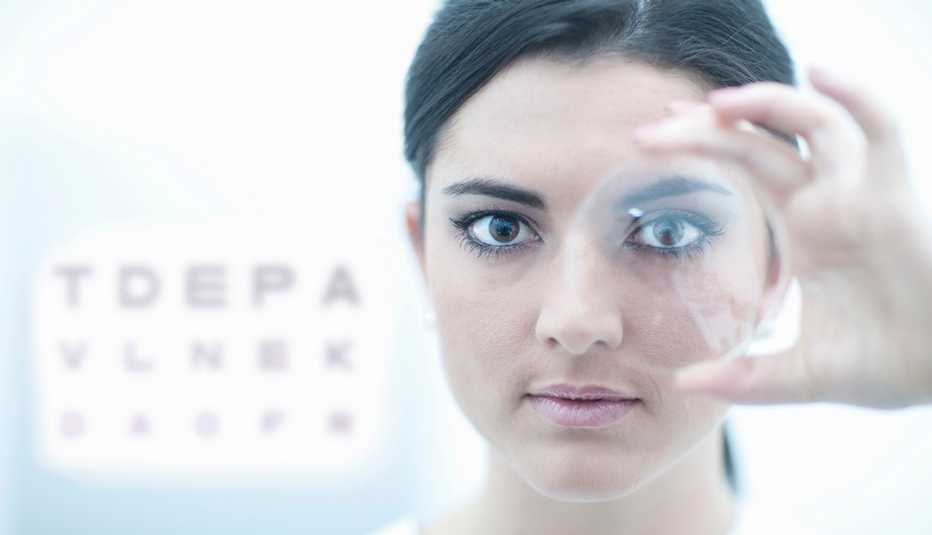AARP Hearing Center


Every year 50,000 Americans go blind, most from treatable or preventable eye diseases such as diabetic retinopathy and macular degeneration. Yet just half of the 61 million Americans at high risk of losing their eyesight saw an eye doctor in the past 12 months, according to the Centers for Disease Control and Prevention.
That's partly because preventive eye exams are not covered by Medicare or most private insurance, says Peter J. McDonnell, M.D., director of the -Wilmer Eye Institute at the Johns Hopkins Medical Institutions in Baltimore. Not surprisingly, blindness is among Americans' most-feared medical conditions, along with Alzheimer's disease and cancer.
"What's sadder than working your whole life, getting ready to retire and developing something like macular degeneration, where you lose your central vision?" McDonnell says. "It's a big issue."
AARP spoke with McDonnell about what's fueling the rise in eye diseases, steps we can take to protect our eyesight and new developments in the treatment of blindness.
Surprising Facts About Our Eyes
- 75: Percentage of Americans with glasses or contacts
- 12: Number of times you blink per minute
- 8: Percentage of color-blind men; women affected: 0.5%
Q: By 2050, the number of Americans who are blind or visually impaired is expected to double to more than 8 million. What's behind that trend?
A: The two biggest drivers are the increase in the number of people with diabetes and the fact that we're living much longer. Thirty years ago, it was pretty rare for us to see someone who was 80 years old. Now, we routinely see patients over 100. Back then, people would have developed these age-related eye diseases, but they didn't live long enough.
Q: If you have diabetes, are you destined to get diabetic retinopathy?
A: The better you control your diabetes, the less likely you are to have a problem. And if you do develop the abnormal blood vessels in your retina that are a hallmark of the disease, we can treat them with lasers or medications. Unfortunately, only about 20 to 30 percent of people who have diabetes get regular eye exams, and up to 24,000 Americans go blind each year from diabetic retinopathy.
Q: What else can people do to protect their eyesight as they get older?
A: Eat a well-balanced diet, and don't smoke. We think that the loss of vision that accompanies some eye disease such as age-related macular degeneration may be related to oxidative damage to the eye. People who eat plenty of green, leafy vegetables and antioxidant-rich fruits and vegetables like blueberries and tomatoes might be better off. Plus, when you're out in the sun, you want to wear UV-absorbing sunglasses and a hat with a brim. Smoking doubles your risk of macular degeneration and cataracts, so if you smoke, quit.
Q: Dry eye syndrome seems to be on the rise. Even Jennifer Aniston has been diagnosed with it. What's going on?

































































More on health
Take Care of Your Ears and Eyes
Hearing and vision problems can affect brain healthThe Day I Went Deaf
Katherine Bouton recounts the gradual loss of her hearing.